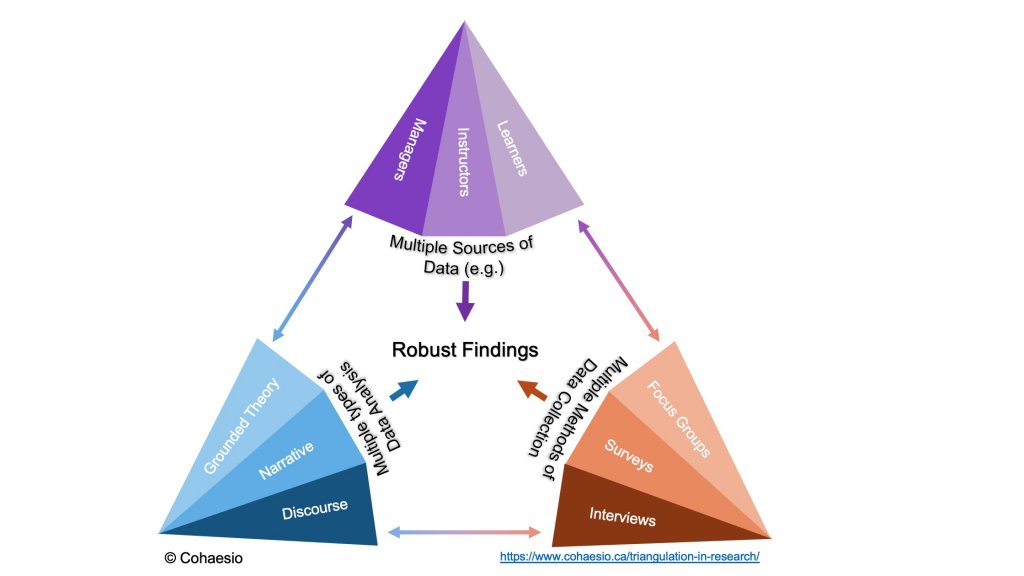Wearable AI Market Size & CAGR
The Wearable AI market size is projected to reach USD 15.6 billion by 2023, with a Compound Annual Growth Rate (CAGR) of 23.5% during the forecast period from 2023 to 2030. The market is expected to experience significant growth due to the increasing adoption of wearable technology and AI integration in various sectors.
COVID-19 Impact on the Wearable AI Market
The COVID-19 pandemic has accelerated the adoption of wearable AI technology as more people seek remote health monitoring solutions. With the increased focus on health and wellness, wearable AI devices have gained popularity for tracking vital signs, monitoring fitness levels, and providing real-time health alerts. The pandemic has also spurred innovation in wearable AI technology to address the changing needs of consumers in a post-pandemic world.
Wearable AI Market Dynamics
The Wearable AI market is driven by technological advancements, increasing demand for smart wearable devices, and the integration of AI algorithms in wearable technology. The market dynamics are influenced by factors such as changing consumer preferences, advancements in healthcare technology, and the growing awareness of the importance of health monitoring.
Segments and Related Analysis of the Wearable AI Market
The Wearable AI market can be segmented based on product type, application, technology, and end-user. Product types include smartwatches, fitness trackers, smart clothing, and healthcare devices. Applications range from health monitoring and fitness tracking to navigation and communication. Technology encompasses AI algorithms, sensors, connectivity, and display technologies. The end-users of wearable AI devices include healthcare professionals, athletes, consumers, and enterprises.
Wearable AI Market Analysis Report by Region
Asia Pacific Wearable AI Market Report
The Asia Pacific region is witnessing rapid growth in the wearable AI market due to the increasing adoption of smart wearable devices and technological advancements in countries like China, Japan, and South Korea. The market is driven by the growing demand for health monitoring solutions, fitness tracking devices, and AI-powered wearables.
South America Wearable AI Market Report
South America is experiencing a gradual but steady growth in the wearable AI market as consumer awareness about wearable technology increases. The region is seeing a rise in the adoption of fitness trackers, smartwatches, and healthcare devices with AI integration.
North America Wearable AI Market Report
North America is a key market for wearable AI devices, with the United States leading in terms of technological innovation and adoption. The region is witnessing a surge in demand for AI-powered smart wearables across various sectors, including healthcare, fitness, and communication.
Europe Wearable AI Market Report
Europe is at the forefront of wearable AI technology adoption, with countries like Germany, the UK, and France leading in research and development. The market in Europe is driven by the increasing focus on health and wellness, as well as the availability of advanced healthcare facilities and infrastructure.
Middle East and Africa Wearable AI Market Report
The Middle East and Africa region are witnessing a gradual uptake of wearable AI technology, with countries like the UAE and Saudi Arabia investing in smart healthcare solutions. The market is characterized by a growing demand for AI-powered wearables for health monitoring and fitness tracking.
Wearable AI Market Analysis Report by Technology
The Wearable AI market can be analyzed based on the technology used in wearable devices, such as sensors, AI algorithms, connectivity options, and display technologies. The integration of these technologies enhances the functionality and performance of wearable AI devices, making them more efficient and user-friendly.
Wearable AI Market Analysis Report by Product
The Wearable AI market can be analyzed based on the types of products available, including smartwatches, fitness trackers, smart clothing, and healthcare devices. Each product category serves a specific purpose, from fitness tracking and health monitoring to navigation and communication.
Wearable AI Market Analysis Report by Application
The Wearable AI market application analysis examines the various use cases of wearable AI technology, including health monitoring, fitness tracking, navigation, communication, and enterprise solutions. The diverse range of applications demonstrates the versatility and adaptability of wearable AI devices across different industries.
Wearable AI Market Analysis Report by End-User
The Wearable AI market end-user analysis focuses on the target consumers of wearable AI devices, which include healthcare professionals, athletes, consumers, and enterprises. Understanding the needs and preferences of end-users is crucial for designing and developing wearable AI solutions that cater to specific requirements and deliver value.
Key Growth Drivers and Key Market Players of Wearable AI Market
The Wearable AI market is driven by key growth drivers such as technological advancements, increasing health awareness, growing demand for smart wearables, and integration of AI algorithms in wearable devices. Key market players operating in the Wearable AI market include:
- Apple Inc.
- Samsung Electronics Co., Ltd.
- Fitbit Inc.
- Garmin Ltd.
- Xiaomi Corporation
These companies are at the forefront of innovation and are continuously developing new wearable AI solutions to meet the evolving needs of consumers and industries.
Wearable AI Market Trends and Future Forecast
The Wearable AI market is witnessing several key trends, including the integration of AI assistants in smart wearables, the development of health monitoring wearables, the emergence of AI-powered fitness trackers, and the adoption of wearable AI solutions in healthcare and enterprise settings. The future forecast for the market indicates sustained growth and continued innovation in wearable AI technology.
Recent Happenings in the Wearable AI Market
Recent developments in the Wearable AI market include:
- Apple Inc. introduced a new smartwatch with enhanced AI capabilities for health monitoring and fitness tracking.
- Samsung Electronics Co., Ltd. launched a range of AI-powered wearable devices for communication and navigation.
- Fitbit Inc. developed a new fitness tracker with advanced AI algorithms for personalized workout recommendations.
- Garmin Ltd. released a series of smartwatches with integrated AI assistants for improved user experience.
- Xiaomi Corporation unveiled a line of smart clothing with embedded sensors and AI technology for health monitoring and performance tracking.
These recent happenings highlight the ongoing innovation and advancements in the Wearable AI market, driving the industry forward and shaping the future of wearable technology.



